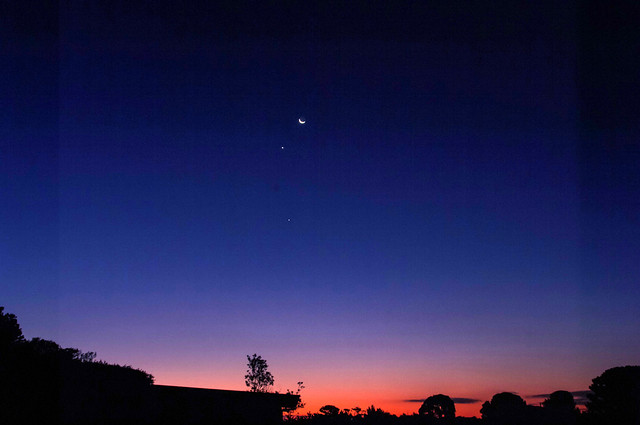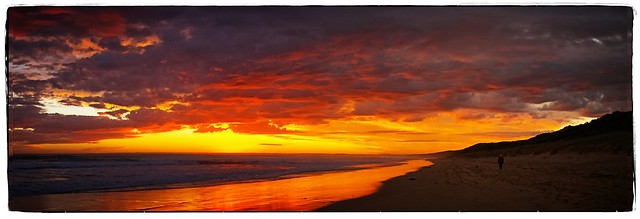 They are not full of finished art works, mainly there are squiggles that are really little more than doodles. There are also notes on the lighting, time and conditions. Maybe I have sketched the horizon and marked where the sun/moon rise or set. Perhaps I have scouted around for an interesting foreground silhouette. Occasionally there will be records of some key colour aspects of what was happening. Most are just me trying out some composition decisions, often this is just getting a feel for shapes and tones (not exactly notan but similar).
They are not full of finished art works, mainly there are squiggles that are really little more than doodles. There are also notes on the lighting, time and conditions. Maybe I have sketched the horizon and marked where the sun/moon rise or set. Perhaps I have scouted around for an interesting foreground silhouette. Occasionally there will be records of some key colour aspects of what was happening. Most are just me trying out some composition decisions, often this is just getting a feel for shapes and tones (not exactly notan but similar). I prefer to have the mini A7 visual diaries. Every now and then you might find the local art supplier has a selection of sample pads made up at A7 size, at a very attractive price. There will be watercolour and various drawing surfaces and perhaps fewer pages than the normal pads but they will be attractively priced. They are idea for the camera bag. I also include and old/used (ie short pencil), perhaps a pen and I have been experimenting with woodless pencils, they can be sharpened or broken off and used as a crayon, They are also very black.
Sometime ago, I had seen a video by Matt Kloskowski talking about the 50/50-rule. Which basically suggested spending 50% of the time to capture what you want but then spend as much time again doing something, original, creative or experimental. This was a nice coincidence because I had years previously made some notes or more key words on different things to try out, scrawled on the back page of an early little sketchbook. Here is my list of alternative ways begin to see a photo.
What is the first thing you see? Do you return to looking at it or something else?
- What should be left out?
- Which details are help tell the story?
- Is the Light? Hard, Soft, Low Key High Key, Direction
- Is there a way to balance the mass/tone. Avoid symmetry
- What is the important Colour? Emotion? Atmosphere?




















